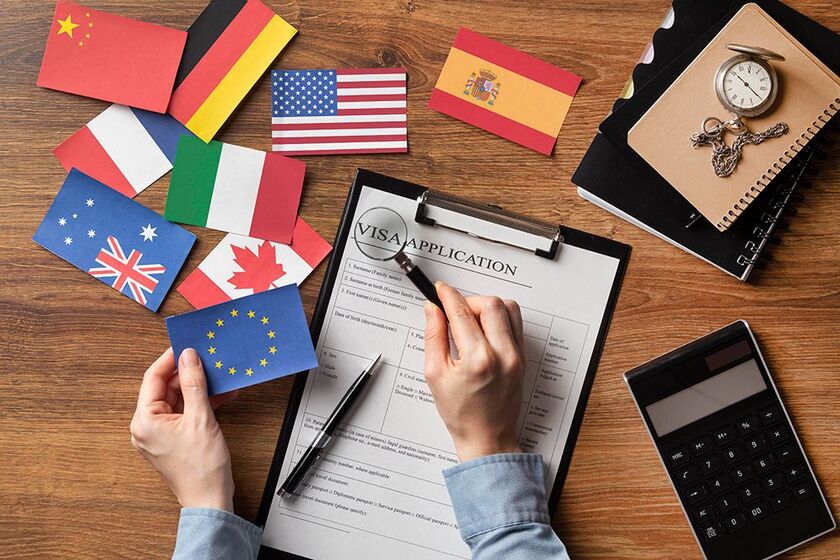In the ever-evolving realm of electronics, innovation is the driving force propelling us into the future. One such marvel that often goes unnoticed but plays a crucial role in connecting diverse electronic components is the PCB adapter. Let’s delve into the world of these unsung heroes and explore the incredible potential they unlock.
Understanding the Basics: What is a PCB Adapter?
PCB, or Printed Circuit Board, adapters are like the universal translators of the electronics world. Imagine them as the adapters you use to plug your devices into different power outlets while traveling — only these adapters serve a much more sophisticated purpose. In the world of electronics, where components come in various shapes, sizes, and connection types, PCB adapter act as the intermediaries that bridge the gaps and foster seamless communication.
The Versatility of PCB Adapter
One of the standout features of PCB adapter is their versatility. They can be customized to connect different types of connectors, ensuring that your electronic devices can communicate effortlessly. Whether it’s adapting from one type of connector to another or connecting components that wouldn’t typically work together, PCB adapter are the unsung heroes making it all possible.
Consider a scenario where you have a cutting-edge sensor with a proprietary connector, but your mainboard only supports a standard interface. Instead of scrapping the sensor or redesigning the entire system, a custom-designed PCB adapter can be the elegant solution that ensures compatibility without compromising performance.
The Role of PCB Adapter in Innovation
Innovation in electronics often involves combining existing technologies in novel ways. This is where PCB adapter shine. They facilitate the integration of disparate components, enabling engineers and designers to push the boundaries of what’s possible. Without the constraints of incompatible connectors, innovators can focus on pushing the limits of performance, efficiency, and functionality.
Take, for example, the rapidly advancing field of wearable technology. Smartwatches, fitness trackers, and other wearables often house a multitude of sensors, each with its own unique interface. PCB adapter play a pivotal role in ensuring that these sensors can communicate seamlessly with the main processing unit, providing users with a cohesive and efficient experience.
The Human Touch: Simplifying Complexity
While the technical aspects of PCB adapter might sound complex, their impact on our daily lives is anything but. These tiny, unassuming components work tirelessly behind the scenes to simplify the intricate web of connections within our electronic devices. They exemplify the beauty of technology — making the complex simple, and the seemingly impossible achievable.
Next time you marvel at a cutting-edge gadget or a seamlessly integrated electronic system, remember that there’s likely a PCB adapter working diligently in the background, bridging the gaps and making it all possible. These unsung heroes are the embodiment of innovation, quietly propelling us forward into a future where the possibilities are limited only by our imagination. So, here’s to the PCB adapter — a small component with a colossal impact on the world of electronics!

















